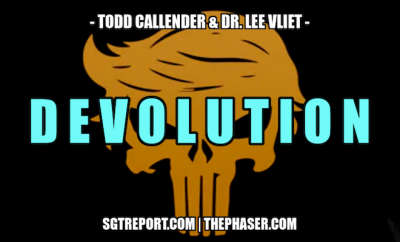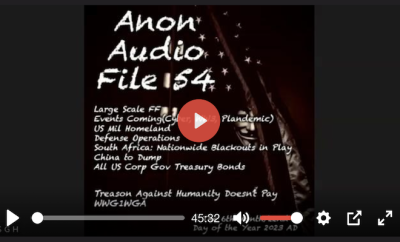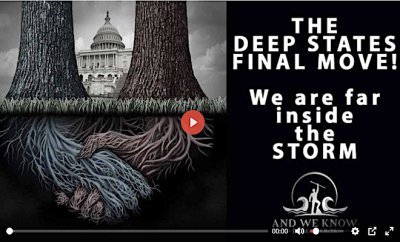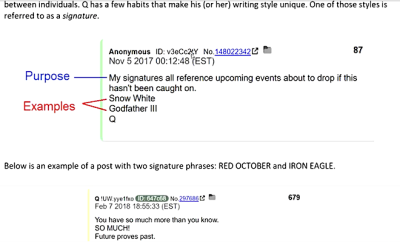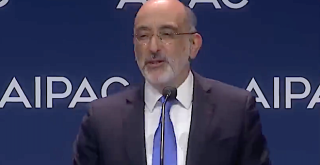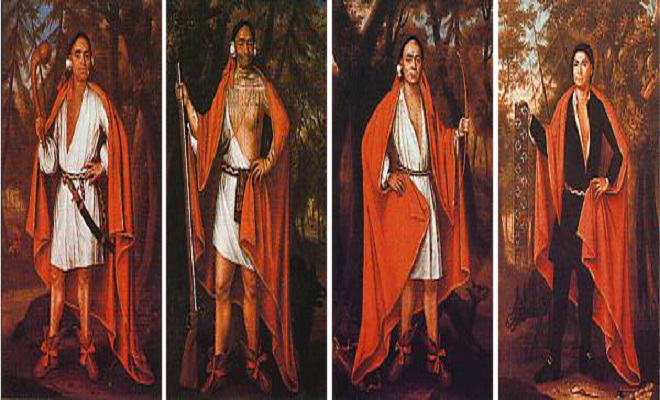 The Four "Mohawk Kings" who traveled to London in 1710. Wikipedia
The Four "Mohawk Kings" who traveled to London in 1710. Wikipedia
Politics
The REAL Inspiration for the American Constitution
from Washington’s Blog.com:
The Forgotten Source for Separation of Powers
The United States Constitution was an inspired document. The authors were brilliant, and the Founding Fathers who wrote it geniuses.
But they didn’t pull their inspiration out of thin air …
For example, one of the core principles which the Founding Fathers built into the American system of government and our Constitutions is separation of powers.
This idea – also called “checks and balances” – ensures that no single person or group can seize all of the powers for themselves. Decisions are therefore more likely to benefit the nation as a whole … and not just those making decisions.
As Lord Acton noted:
Power tends to corrupt, and absolute power corrupts absolutely.
By spreading power around, absolute corruption is less likely to occur.
But few people know where the Founding Fathers’ got their inspiration for the principle of separation of powers.
The New York Times noted in 1988:
In the mid-16th century, five northeastern Indian tribes – Mohawk, Seneca, Onondaga, Oneida and Cayugaa – formed the Iroquois Confederacy, joined later by the Tuscarora tribe. They adopted a constitution, reflecting concepts of checks and balances and separation of powers that impressed such later Americans as Washington, Franklin and other Founding Fathers. Indeed, historians maintain that many principles of the Iroquois constitution were woven into the United States Constitution.
That same year, Congress passed a resolution stating:
Whereas, the original framers of the constitution, including most notably, George Washington and Benjamin Franklin, are known to have greatly admired the concepts, principles and government practices of the Six Nations of the Iroquois Confederacy; and
Whereas, the Confederation of the original thirteen colonies into one Republic was explicitly modeled upon the Iroquois Confederacy as were many of the democratic principles which were incorporated into the Constitution itself ….
The Congress, on the occasion of the 200th anniversary of the signing of the United States Constitution, acknowledges the historical debt which this Republic of the United States of America owes to the Iroquois Confederacy and other Indian Nations for their demonstration of enlightened, democratic principles of government ….
And see this.
Thomas Jefferson also had close dealings with the Iroquois:
Prominent figures, such as Thomas Jefferson in colonial Virginia … were involved with leaders of the New York-based Iroquois Confederacy.
One of the delegates to the Constitutional Convention – John Rutledge of South Carolina – read lengthy tracts from the Iroquois Constitution to the other framers, beginning with the words “We, the people, to form a union, to establish peace, equity, and order ….”
America Must Re-Establish Separation of Powers
America has lost the separation of powers in our government.
The federal government is trampling the separation of powers by stepping on the toes of the states and the people. For example, former head S&L prosecutor Bill Black – now a professor of law and economics – notes:
The Federal Reserve Bank of New York and the resident examiners and regional staff of the Office of the Comptroller of the Currency [both] competed to weaken federal regulation and aggressively used the preemption doctrine to try to prevent state investigations of and actions against fraudulent mortgage lenders.
And the courts have been stripped of their ability to review the illegal actions of the other branches of government.
America must re-establish the principle of separation of powers … or we will slide into tyranny.
Postscript: The Iroquois Constitution also contained the following rule:
In our every deliberation, we must consider the impact of our decisions on the next seven generations.
Americans would be wise to adopt this type of long-range thinking.
Note: Admittedly, Aristotle, Calvin, Montesquieu and other Western thinkers also discussed separation of powers.
But America’s Founding Fathers were most directly inspired by visiting the Iroquois, reading their Constitution, and watching their government in action. After all, seeing a principle actually working in practice in the real world is much more inspirational than reading theories or debating ancient history.
Read More @ Washington’s Blog.com








